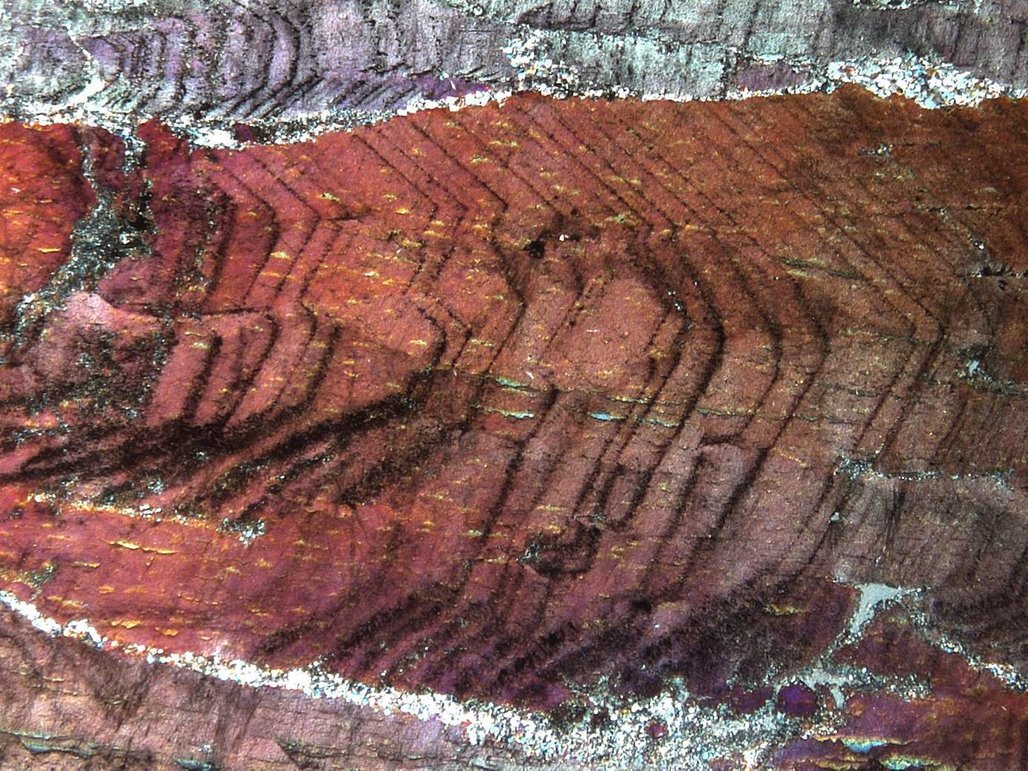It is generally accepted that the earliest life forms used small organic molecules as building materials and energy sources. However, the existence of such components in early habitats on Earth had not been proven to date. Research at the University of Göttingen has now detected organic molecules and gases trapped in 3.5 billion-year-old rocks. It is likely that solutions from archaic hydrothermal vents contained essential components that formed a basis for the earliest life on our planet. The research was published in the journal Nature Communications.
The scientists examined 3.5 billion-year-old “barites” (a mineral consisting of barium sulphate), from the Dresser Formation in Western Australia. These barites date from a time when early life developed on Earth. “In the field, the barites are directly associated with fossilized microbial mats. These barytes contain microscopic inclusions filled with gases and fluids that were trapped when the barytes crystallized in a pond fed by volcanic-heated fluids. We suspected that these inclusions contained simple organic molecules that might have served as nutrients for early microbial life,” says Dr Helge Mißbach, the first-author of the study. Together with his colleagues, he conducted his research at the Geoscience Centre of the University of Göttingen and is now based at the Institute of Geology and Mineralogy at the University of Cologne.
In the fluid inclusions, the team identified organic compounds such as acetic acid and methanethiol, in addition to gases such as carbon dioxide and hydrogen sulphide (making the barites smell like rotten eggs when scratched). These compounds may have been important substrates for the metabolic processes of early microbial life. In addition, they are being considered and researched as key agents in the origin of life on Earth. “The immediate connection between primordial molecules emerging from the subsurface and the microbial organisms – 3.5 billion years ago – is a striking finding that greatly adds to our still fragmentary understanding of the earliest evolution of life on Earth” Mißbach concluded.
Original publication: Helge Mißbach et al, Ingredients for microbial life preserved in 3.5 billion-year-old fluid inclusions, Nature Communications 2021.DOI: 10.1038/s41467-021-21323-z
Contact
Dr Helge Mißbach
University of Cologne
Geobiology
Institute of Geology and Mineralogy
+49 221 470-7319
helge.missbach@uni-koeln.de
Professor Joachim Reitner and Professor Volker Thiel
University of Göttingen
Faculty of Geosciences and Geography
Geoscience Centre, Geobiology
Goldschmidtstraße 3, 37077 Göttingen, Germany
Email: jreitne@gwdg.de, vthiel@gwdg.de
Tel: +49 (0)55139-27950 (JR); -14395 (VT)
https://www.geobiologie.uni-goettingen.de/people/jreitne/index.shtml
https://www.geobiologie.uni-goettingen.de/people/vthiel/index.shtml


